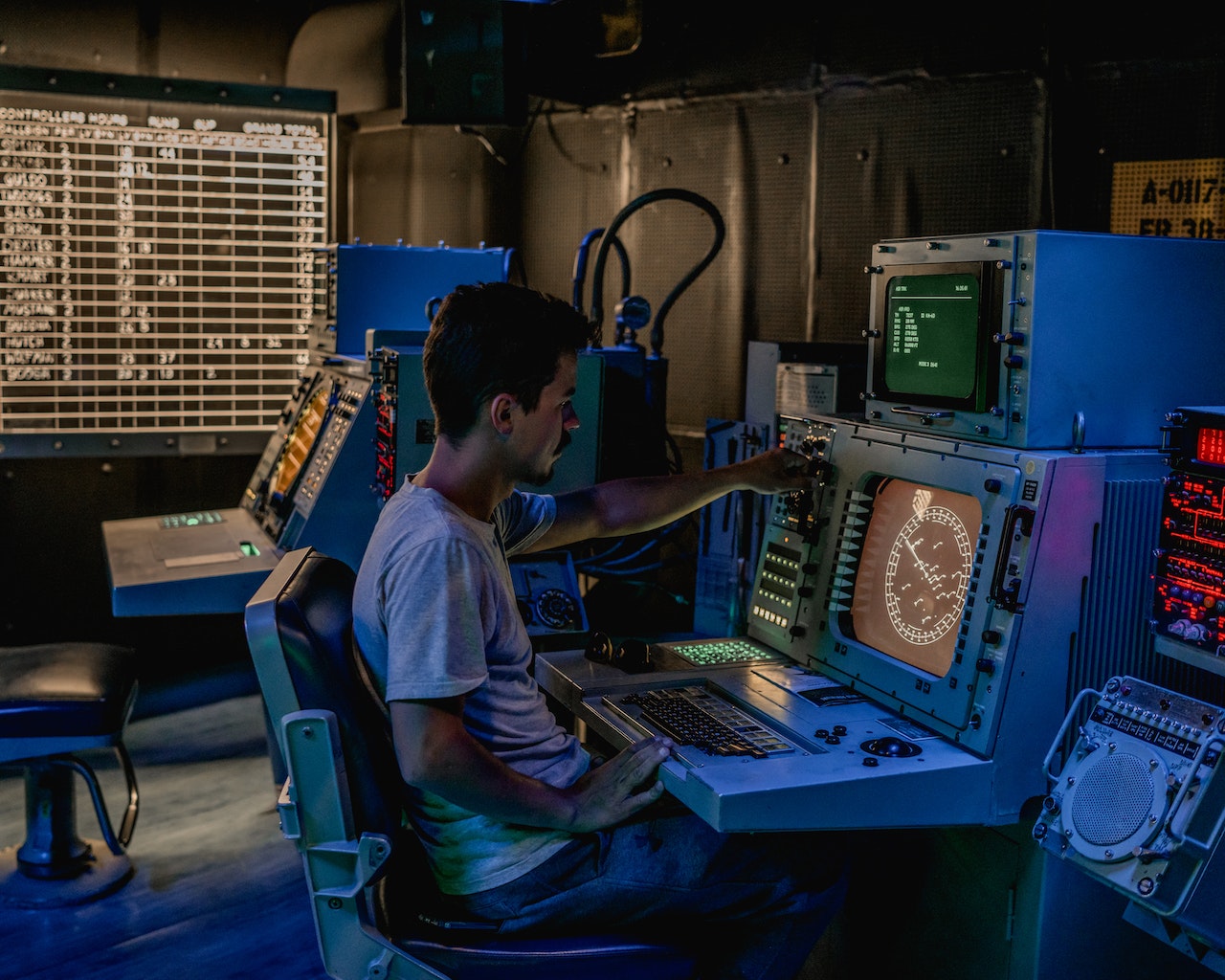Current questions about workplace design
Published

A number of current work design issues have emerged in the recent past. These include teleworking, alternative work patterns, technostress, task revision and skills development. Companies use these approaches to work design to manage growing business and at the same time contribute to a better balance between work and family life for employees.
1. Telecommuting
One of the most recent and potentially far-reaching changes is telecommuting. Two out of three Fortune 500 companies now use telecommuting. This involves the use of microcomputers, networks and other communication technologies such as fax machines to complete work from home that was traditionally done in the workplace. The employee has no contact with other employees, but can communicate with them electronically: A variant of telework is the virtual office, in which employees work in the field to sell or serve customers.
2. Alternative forms of work
Job sharing is an example of an alternative working model. Two people share a full-time position. It can be implemented in different ways:
- - Everyone works half a day, five days a week.
- - Everyone works two or three days a week
- - Each person works every other week
- - Everyone works alternate months or seasons.
Companies that practice job sharing are primarily active in the areas of law, advertising and financial services.
One advantage of job sharing is that it allows a company to retain valued employees who no longer want to work part-time for personal reasons. The problem of maternity leave can be almost eliminated. It also meets the needs of older workers who want to retire by reducing their working hours. Job sharing can also limit layoffs during difficult economic times. The absenteeism rate is significantly lower because employees can use their free time during the week to take care of their personal needs.
However, job sharing contradicts the concept of employer-employee relationship. Traditionally, a position is held by only one employee, and it sounds quite strange that a position is shared by two people.
The employer is then faced with the problem of dividing pay and benefits between two part-time employees.
3. Techno-Stress
Techno-stress is stress caused by new and advancing technologies in the workplace, primarily information technology. For example, the widespread use of electronic bulletin boards as a forum for rumors of layoffs can create feelings of insecurity and fear. However, these forums can also be an important source of information for employees.
Modern information technologies allow companies to monitor the performance of their employees, even if they are not aware of such a regulation. These new technologies also allow companies to link pay to performance as performance is monitored electronically.
4. Task revision
A new concept in the design of work is task revision. Task revision is an innovative way to change an incorrectly specified role or task. Task revision assumes that organizational roles and workplace expectations can be defined correctly or incorrectly. When the role is properly defined, the employee's behavior fits the role and performance tends to be high. Performance suffers from aberrant behaviors that result from misdefined tasks. Task revision helps to correct such misdefined tasks.
5. Skill development
Employee skills should play an important role in workplace design. When employees' skills and competencies do not match the requirements of the job, performance suffers. Therefore, companies must consider the talents and skills of their employees when considering workplace design.








